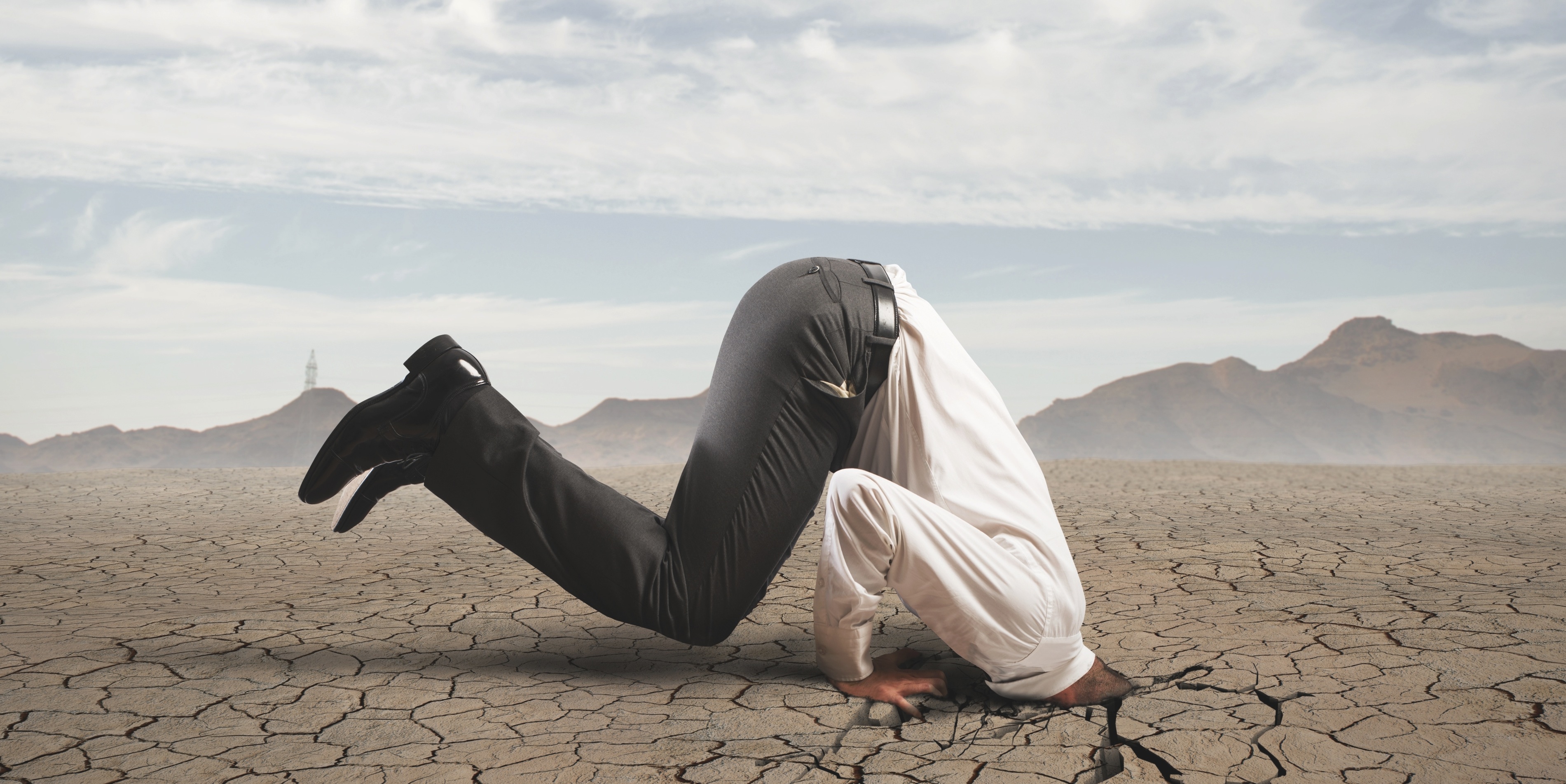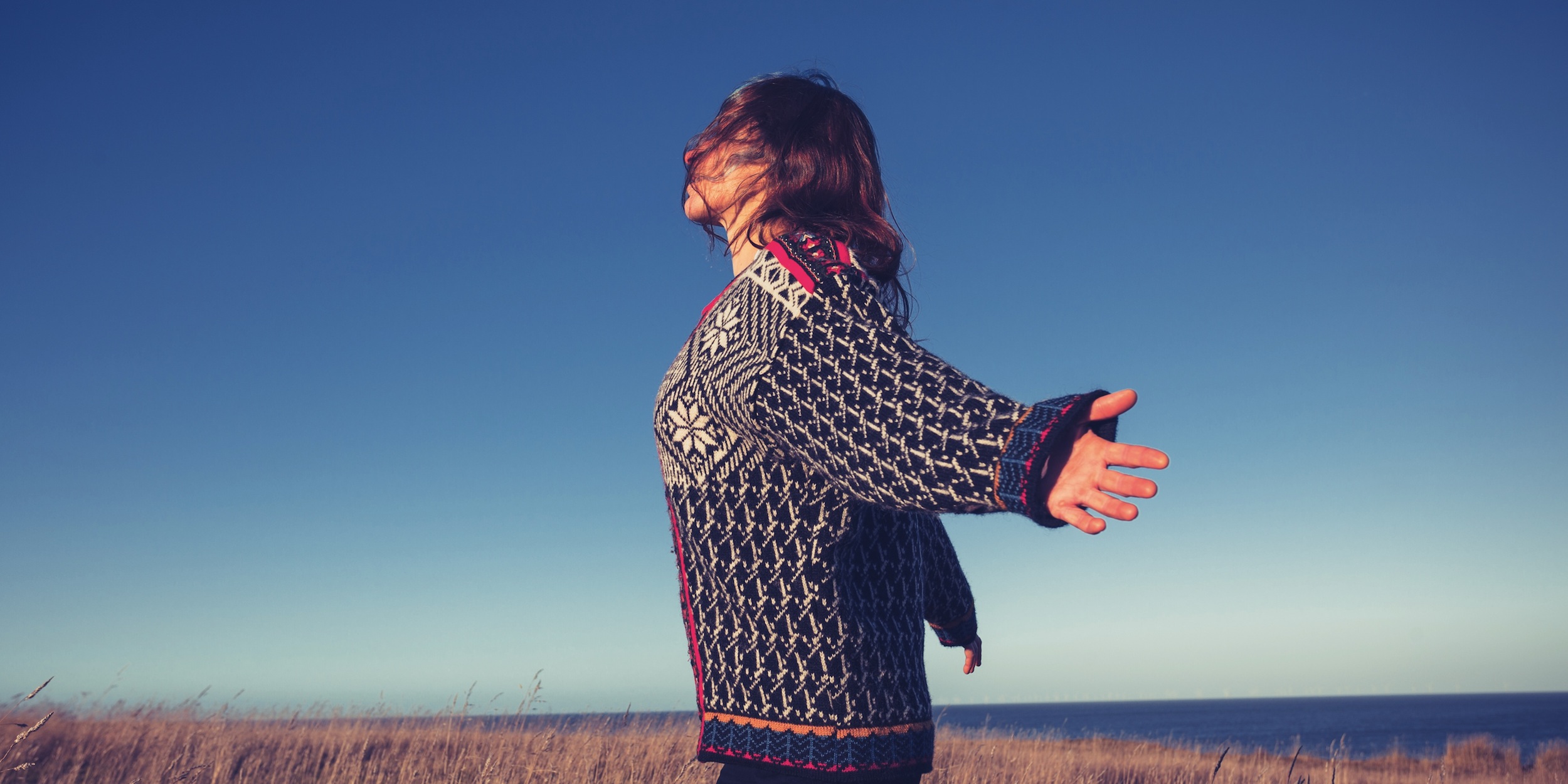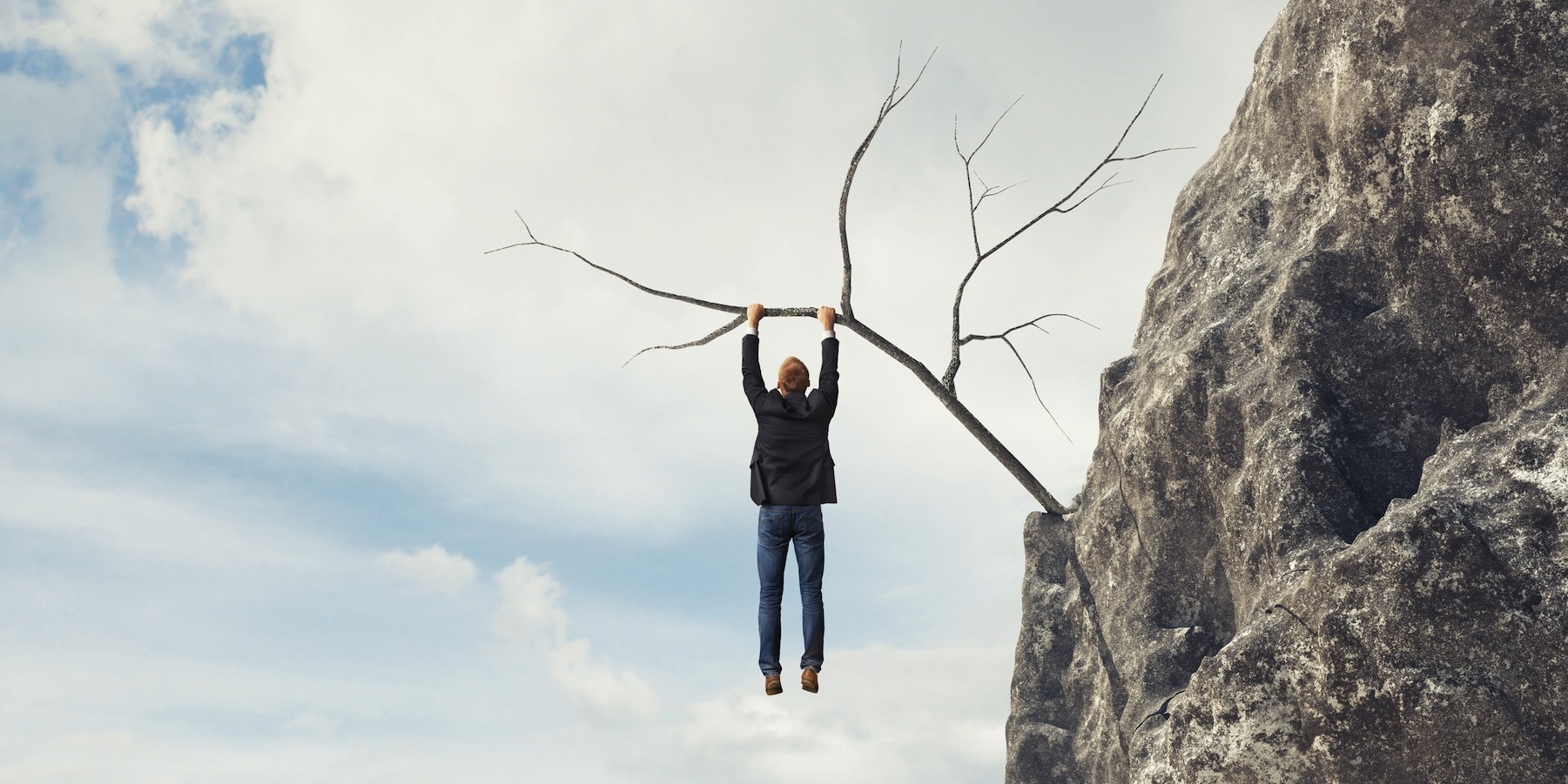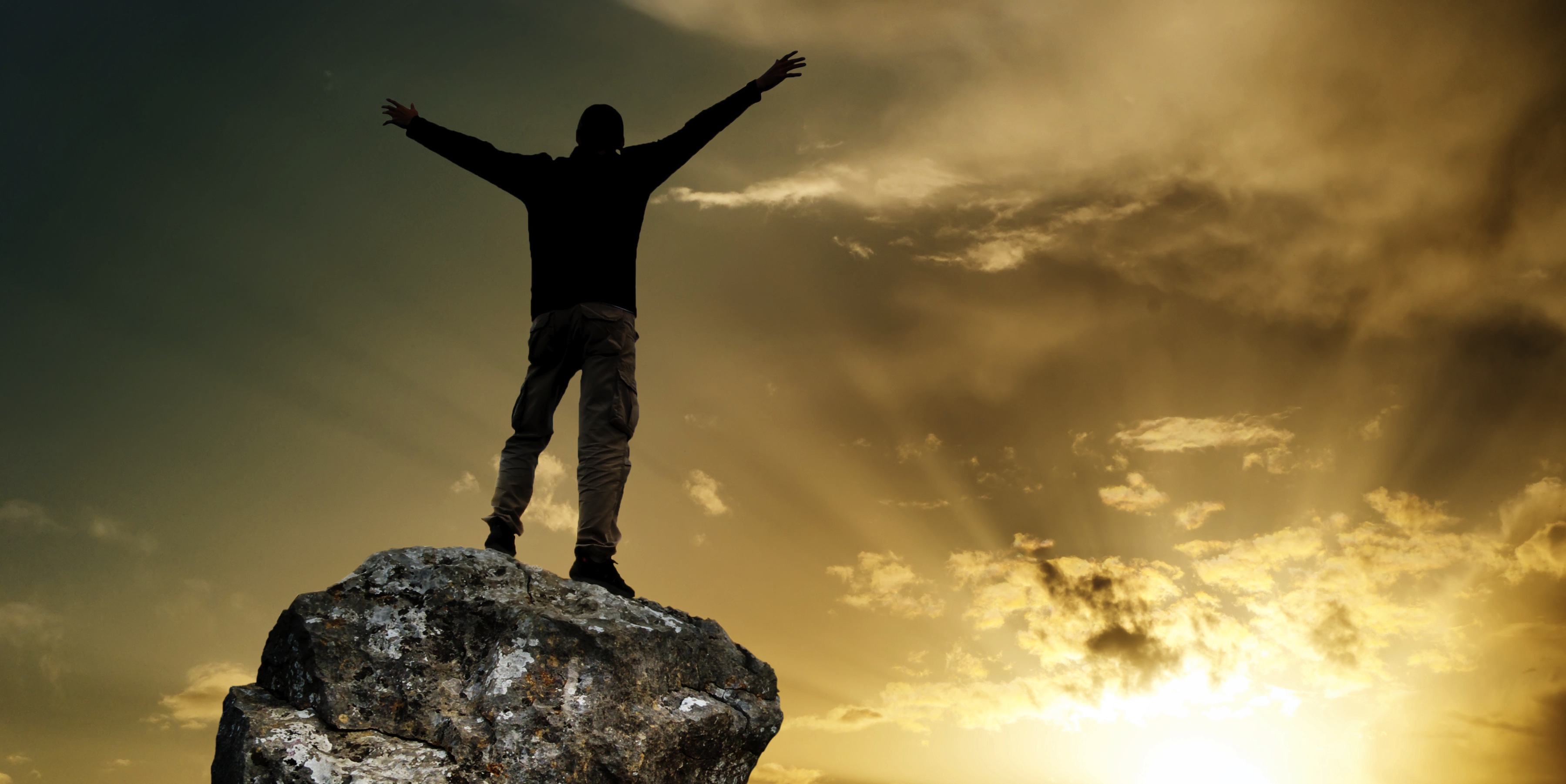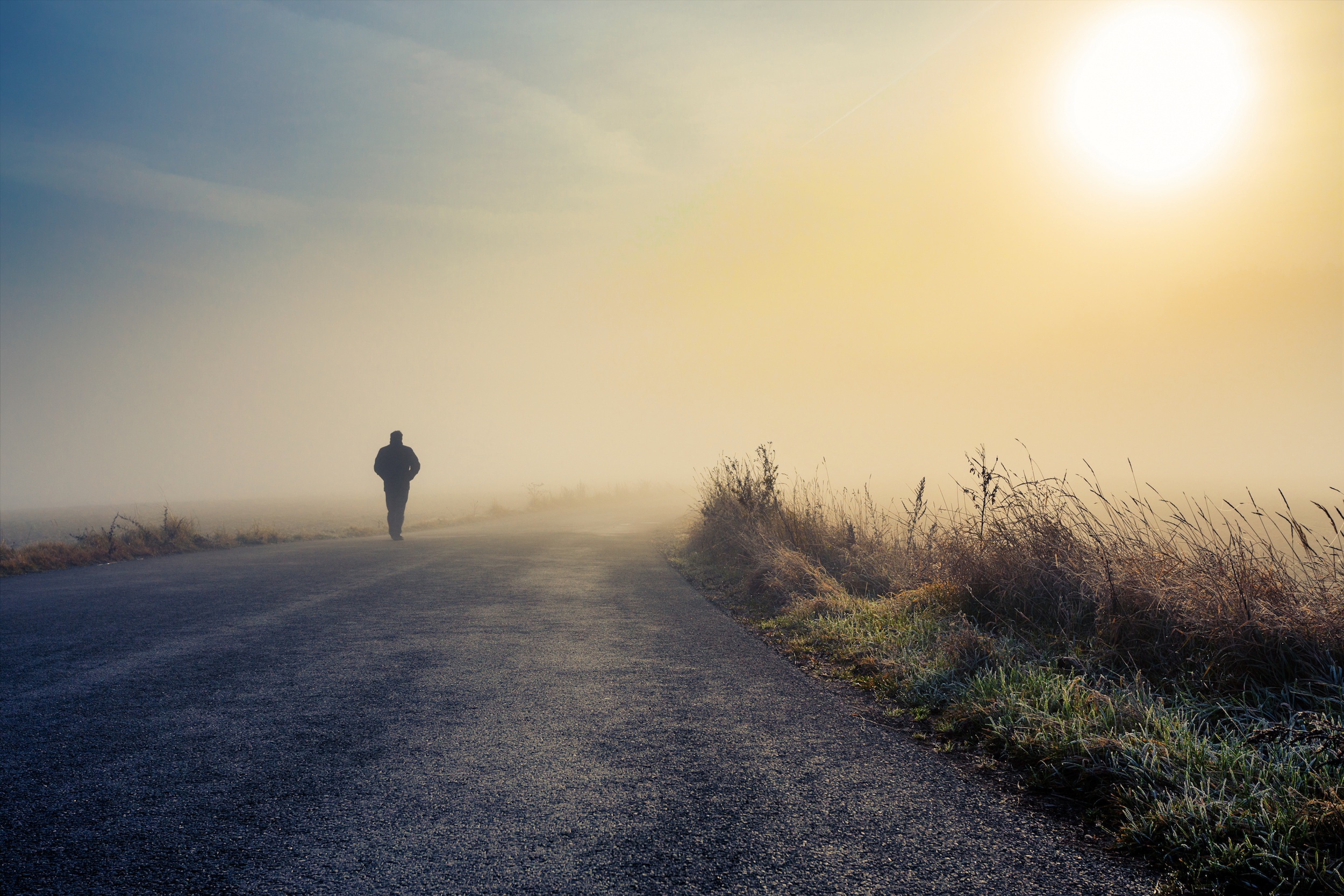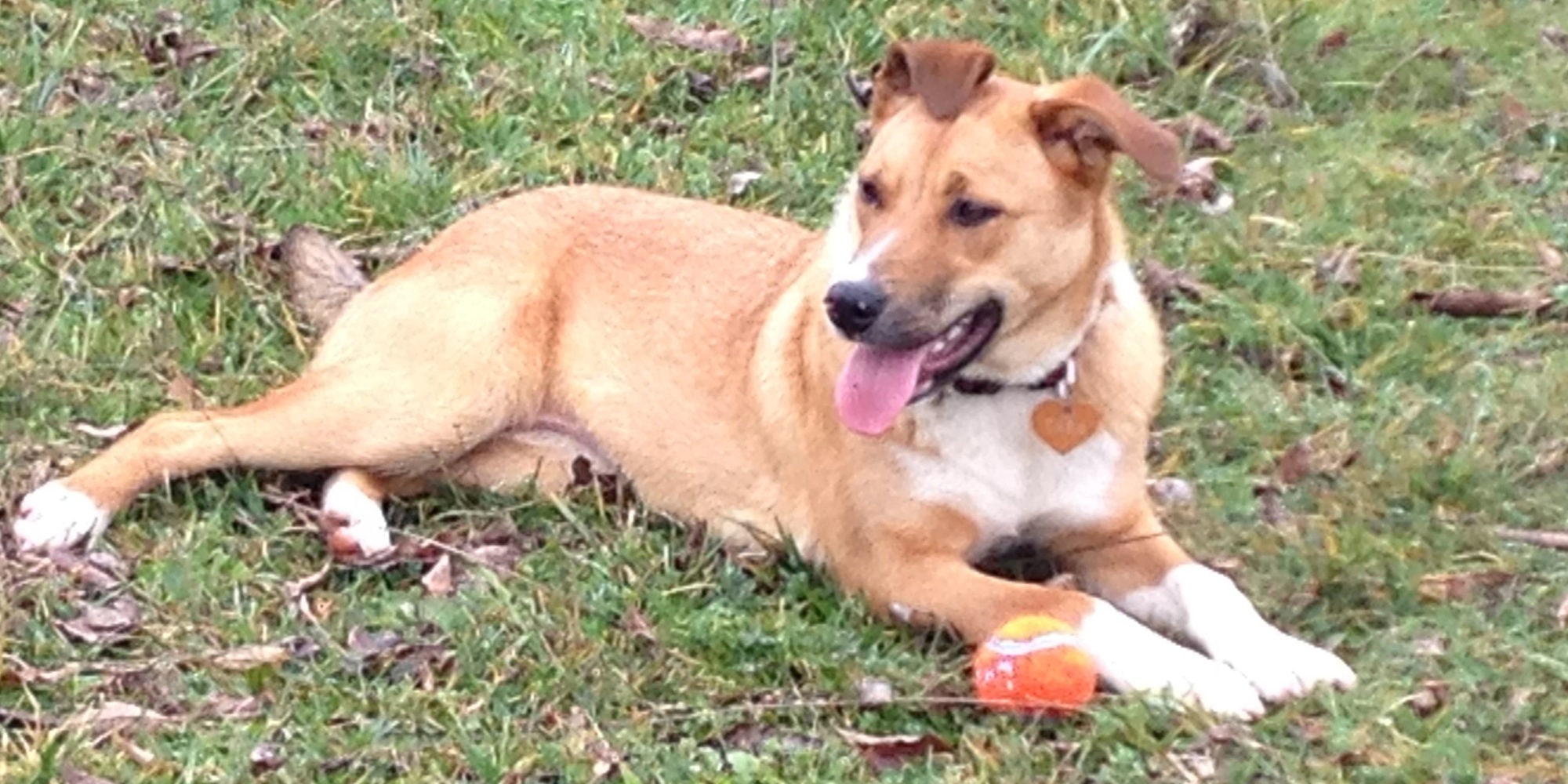On this Thanksgiving holiday I want to share my favorite gratitude practice for receiving the goodness of life. Did you know that the human brain is programmed to recognize negative experiences far more than positive ones? Neuropsychologist Rick Hanson, PhD writes that a positive experience needs to be held in awareness for 5-20 seconds in order to register in our emotional memory while a negative experience registers instantly. While this is an adaptive function based on physical survival, it can also lead to feeling caught in challenging emotions without being able to access a balance of joy. Luckily we can intentionally choose to notice positive experiences in order to more fully receive the good in our lives.
One of my favorite practices is called “Gratitude Notes.” Connecting with a sense of gratitude is a powerful way of focusing attention on the positive. This practice is so simple yet I have found it to be profoundly supportive in my own life. When I notice that I am feeling down or glum about life, I often resurrect this practice and find that within a few days my outlook on life changes.
All you need to start is a pad of sticky notes and a pen. I find that I enjoy the process more when I have a special pen solely devoted to this purpose.
I write my gratitude notes at the end of day just before bed. It only takes a couple of minutes. I write three gratitudes, one per sticky note. I start each note with the words “I am grateful for…” and then add something specific that I feel good about from that day.
Here are some examples of my recent gratitudes. I keep my gratitude notes on the lamp beside my bed because they stick best there. It is wonderful to wake up and see all of these reminders. I let the notes accumulate for a few days and then take them down and start anew.
So, if you feel you could benefit from a little more awareness of the goodness in your life, I encourage you to give this practice a try. If you do, I’d love to hear how it goes for you!
Lastly, see below for some special Thanksgiving gratitudes about what I feel most grateful for in my life today. How about you? What do you feel most grateful for in your life today?
Thank you for taking the time to read my Thanksgiving thoughts. Thank you for playing a role in the growth and success of my psychotherapy practice. And thank you for all of the large and small ways that your presence brings more goodness into the world.




